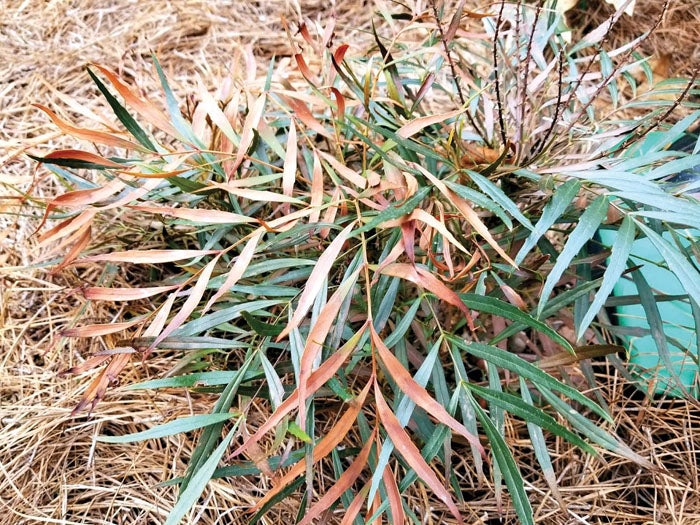Darrell Blackwelder column: Reducing winter damage
Published 12:00 am Sunday, January 10, 2021

- Cold damage on mahonia
Cold damage is almost certain for many outdoor plants during the uncertain weather of our upcoming winter months. In some cases, the damage does not manifest itself until early summer. Windy, dry weather conditions on frigid, sunny days may cause leaf burn on evergreen trees and shrubs. Leaf margins and tips of camellia, rhododendron and azaleas are common victims of leaf burn or scorch. So, what can we do to protect our landscape plants during this uncertain weather? Below are a few tips to help reduce cold damage to our plants.
- Select plants that are hardy to our region. Many of our plants are marginal (some gardenia cultivars) and burn easily with temperature extremes.
- Apply at least 6 inches of course mulch to insulate and conserve moisture during the winter months.
- Do not fertilize plants in late summer or early autumn with excessive nitrogen. However, plants need to be healthy. Keep the plants well fertilized and free from insects and disease.
- Avoid pruning in fall and early winter. Pruning stimulates growth which is often killed with late frosts and freezes. Many crape myrtles have been killed outright by excessive fall pruning.
- Keep plants irrigated during late summer and the fall to prevent drought stress. Drought-like conditions predisposes plants to winter injury and cankers.
- Pack outdoor potted plants close together and mulch or mound soil around the pots to help insulate the roots.
Darrell Blackwelder is the retired horticulture agent and director with the North Carolina Cooperative Extension Service in Rowan County. Contact him at deblackw@ncsu.edu .


